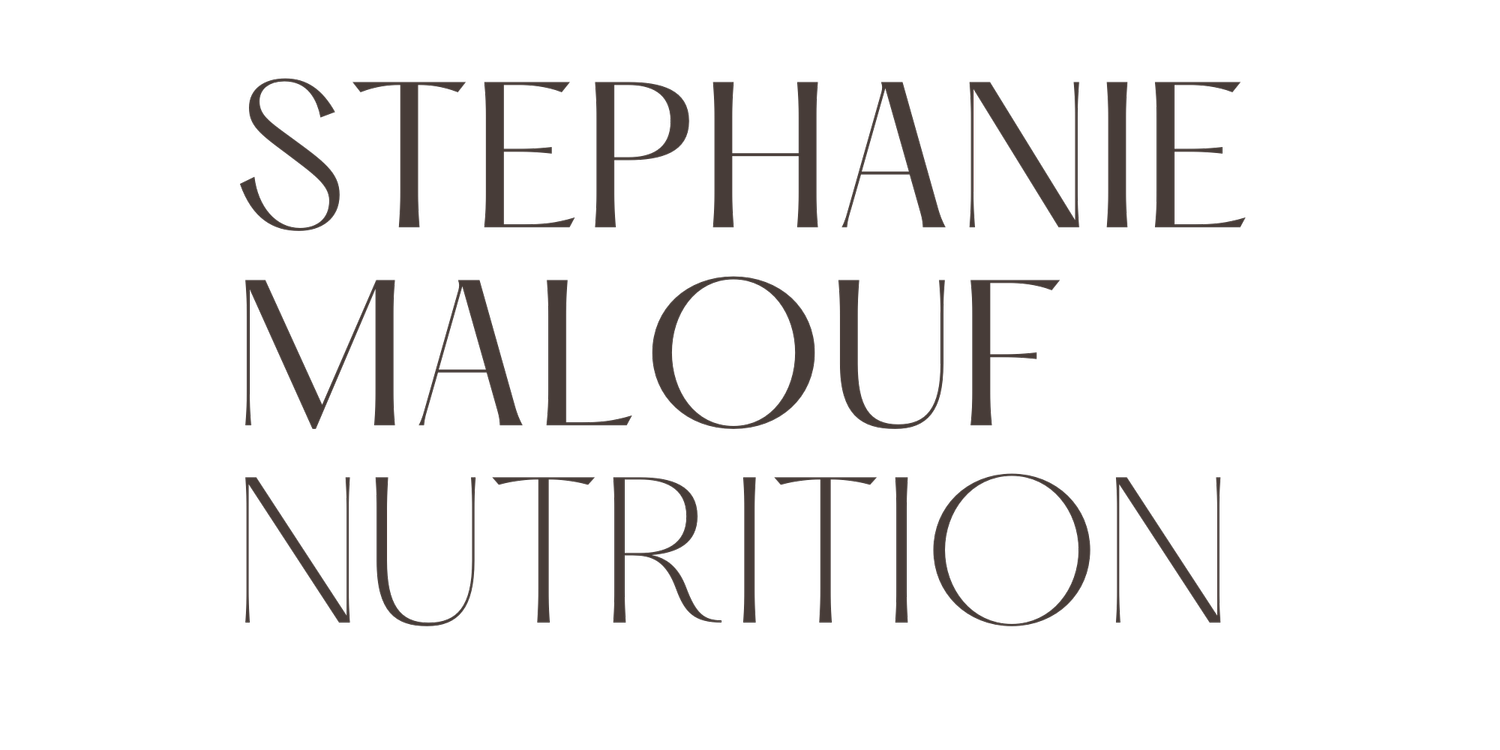Night light is not such a bright idea. Tips to improve your sleep.
Light when managed well is effective in boosting performance, increasing energy and supporting healthy sleep patterns. However just as much as our body needs light to activate our get-up-and-go cellular functions, we need to balance this out with darkness to stimulate our rest, digest and healing processes at night. This is known as our circadian rhythm.
However light exposure is everywhere, day and night due to our increasing use of technology and our exposure to light-emitting diode (LED) also known as blue light. This disruption to our circadian rhythms can have significant implications on our health, causing problems with our immune, metabolic and cardiovascular systems as well as affecting mood, brain function and sleep.
Blue light is aggressively linked to sleeplessness. Studies have linked blue light exposure to significantly reducing the amount of melatonin released by the brain, more than twice as long as other light sources. It also reduces sleep quality and increases the frequency of waking up during the middle of the night. Reduced quality of sleep has been associated with a number of chronic health issues including obesity, diabetes, stress, anxiety and Alzheimers disease.
Studies have also shown that excess blue light exposure can alter hormone activity. In the case of prostate cancer which is a hormone related condition, the risk almost tripped in men who had high levels of light in their rooms when they slept in comparison to men who slept in complete darkness.
Here are some tips to reduce your night time exposure to blue light and improve your sleep:
Avoid using technology at night. Give yourself a technology curfew. Use this time to switch off, slow the body down and prepare it for a good night sleep. Things I like to do is have an epsom salt bath with candles, read a book with a cup of herbal tea, meditate or do an evening yin yoga session.
Use blue light filtering software on your phones and other technology. Many smartphones and tablets include these blue-light filtering apps e.g. Apple’s night shift mode that can be scheduled to shift to warmer, redder light in the evenings and back to bright, more highly blue-wavelength light in the morning.
Use blue-light blocking filters and glasses. This is particularly useful for those that need to use their laptop at night. Sometimes work needs to be done at night so do it right.
Try to stick to a regular sleep schedule. At least Monday to Friday. Our body likes routine and this will help establish a good sleep rhythm.
Remove technology or any light omitting objects from the bedroom. This will create a better sleeping environment.
Exercise. Moderate to vigorous exercise at least 3 times a week can help you fall asleep easier and improve sleep quality. However avoid exercising too late as this can be too stimulating.
.

